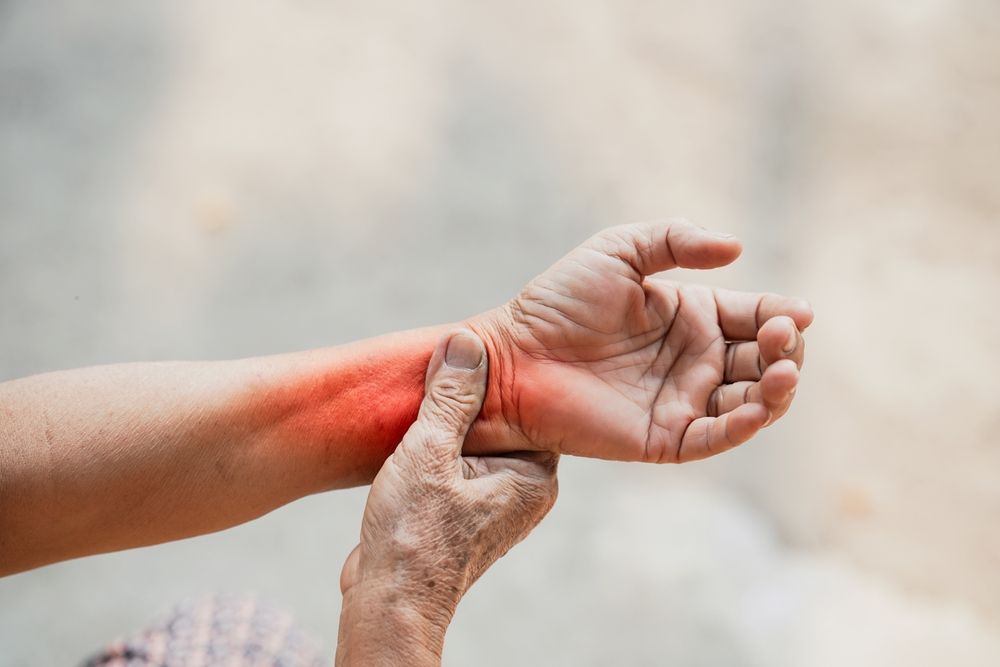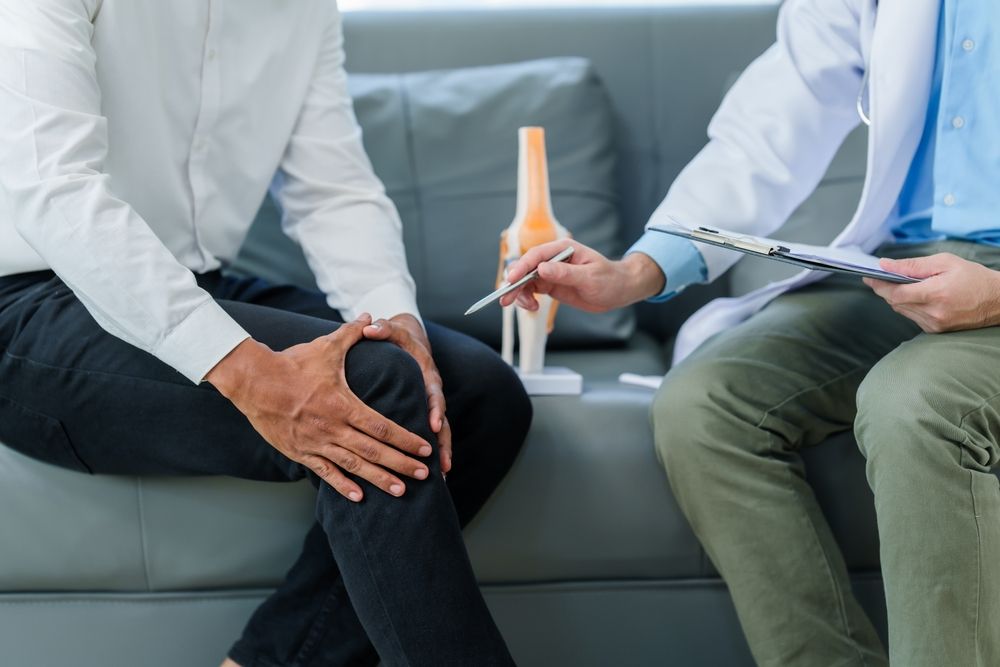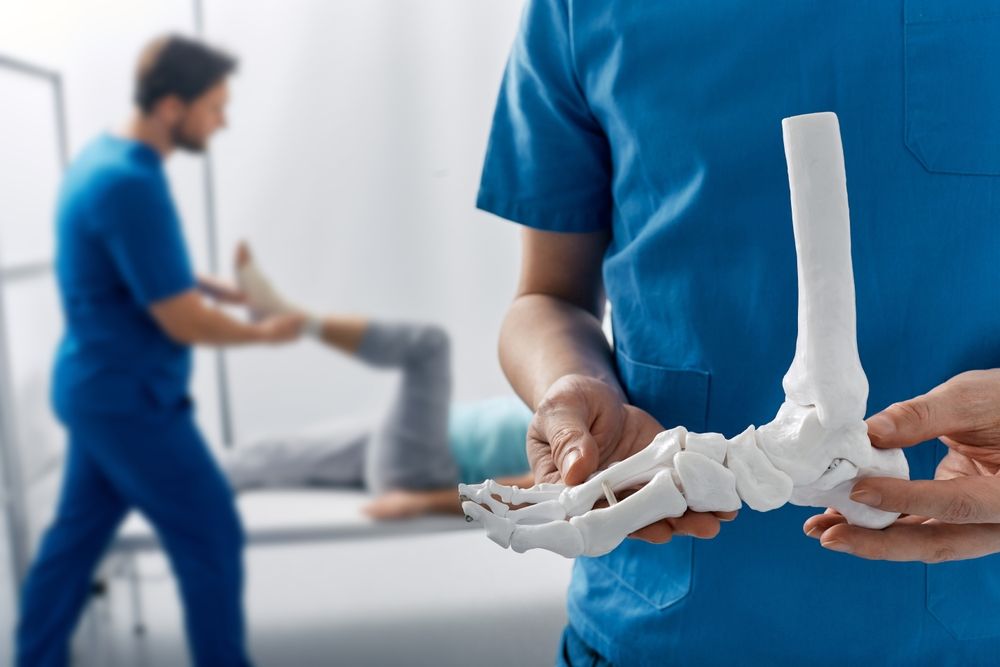Our bodies are incredibly precise machines. Every bone, ligament, muscle, nerve, and fiber is designed to fit seamlessly into the overall structure perfectly. One struggle orthopedic specialists often face when preparing for joint reconstruction is recreating this perfect design. Replacements are carefully milled to meet the patient, but a perfect fit is rarely possible. This can lead to discomfort, damage to the bone surrounding the tissue, or even the joint occasionally popping out of the socket. 3D Printing is revolutionizing the joint replacement industry by creating a near-perfect recreation of our body’s natural design.
How 3D Printing Is Used In Modern Orthopedic Care
3D Printing has been gaining precedence as a revolutionary new tool in many areas of engineering. They’re used daily to print objects at home and even develop rockets created without a single joint or weld. It didn’t take long for medical professionals to begin exploring the potential 3D Printing had for uses in their industry. The power of 3D Printing is the quick, easy, and on-demand production of built-to-purpose devices that can be used to produce results unlike any seen before. Below are some of the ways that this new technology has been used in the medical industry:
- Anatomical Models – 3D Printing has been used to create physical representations of the surgical site using images produced by a special scanning method. These models are invaluable in orthopedic care’s diagnosis and treatment planning stages.
- Unique Tools – Until the development of 3D Printing, a surgeon’s list of available tools and guides was limited. 3D Printing enables the creation of unique tools and devices in minutes. These tools provide a purpose-built solution perfectly suited to a given procedure’s needs.
This technology is the perfect complement to an orthopedic surgeon’s skill and years of experience. In fact, without their knowledge, these devices and guides would be of no use. Their understanding of the procedure ahead is what helps them design the proper guides and jigs to ensure the treatment goes as smoothly as possible. However, the benefit of 3D Printing begins before the surgeon ever graduates college.
3D Printing has been having a meaningful impact in the realm of orthopedic education as well. Using these tools, these budding professionals are able to more accurately visualize structures impacted by orthopedic pathologies. They can also better understand the anatomy of the areas with which they’ll be working.
Learn How Your Orthopedic Specialist uses 3D Printing
With the cost of 3D printing equipment coming down, this technology has been finding its way into more clinics. Early adopters already know how this tool can benefit their patients and their practice in delivering care. Every year there are more ways that orthopedic treatments are being improved through technology like this. Speak to your orthopedic specialist and find out how 3D printing is utilized in their care delivery.











